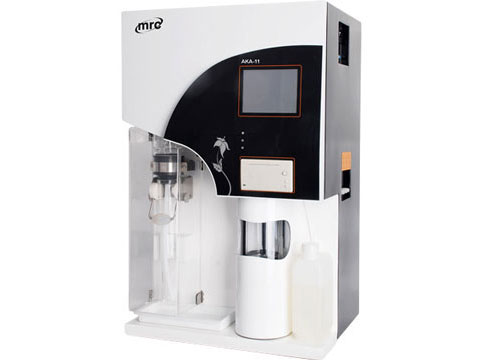The Kjeldahl method is a laboratory technique used for determining the amount of nitrogen in organic compounds. It is named after its inventor, Johan Kjeldahl, a Danish chemist who developed the method in the late 19th century.
The method involves three main steps: digestion, distillation, and titration. First, the organic compound is digested with sulfuric acid, which breaks down the nitrogen-containing molecules into ammonia. The ammonia is then distilled into a receiving flask containing a known amount of boric acid solution. The ammonia reacts with the boric acid to form ammonium borate, which can then be titrated with a standard solution of hydrochloric acid to determine the amount of nitrogen present.
The Kjeldahl method is commonly used in the food industry to determine the protein content of food products. It is also used in the analysis of agricultural and environmental samples, such as soil and water, to determine the amount of nitrogen present. The method is highly accurate and has been widely adopted as the standard method for nitrogen determination in many industries. However, the method can be time-consuming and requires specialized equipment and trained personnel to perform.
History of the Kjeldahl method
The Kjeldahl method was developed by a Danish chemist named Johan Kjeldahl in 1883. He was looking for a method to accurately determine the protein content in food, and he discovered that nitrogen content could be used as a proxy for protein. His method was soon adopted by many industries, and it became the standard method for protein determination for over a century.
Kjeldahl Analyzer
is a common analytical procedure determines nitrogen and proteins in organic material.
It is often used in the analysis of food and agricultural products, as well as in environmental testing and water quality analysis.
